Content was, is, and will always be a crucial part of every marketing strategy. From emailing your customers about a new product to tweeting your offers and everything in between requires engaging content. If you want to see those conversion rates rise, your content needs to stand out and make a difference.
In this article, we’ll talk about what makes content readable, engaging, and an effective conversion tool. These tips for readable content will help elevate your content marketing strategy. We’ll give you one piece of advice right away: always keep the fluff to a minimum and get to the meat quicker. So without any further ado, let’s get started.
1. Understand Your Audience
Maybe you’re writing a blog, website copy, or a social media post. Even before you put down the first word, you need to know who is going to read it. You could write exceptional copy for selling your finest doors, but it won’t work if there’s no demand. On the other hand, good copy for selling heaters could do wonders in Alaska. Know your target audience’s problems because solutions sell well.
You won’t always be solving problems though. For example, you could be writing about products that enhance the standard of living. This is where you understand their demands and how willing they are to fulfill them. Research your audience, their spending habits, general mentality, what excites them, what irritates them, etc. Do this right and make your readers relate to your products and services.
2. Make Good Use of Headlines
Our attention span is shorter than ever before and there are tons of articles trying to say the same thing differently. If you want your content to catch the eye, make use of effective and impactful headlines.
Those few words that you write on the top of your article dictate how much traffic, engagement rates, number of shares, and conversions it will get. Whether you are asking a question, giving a solution, sharing a thought, or stating a fact: remember to make it catchy.
3. Practice Clutter-Free Formatting
Always write with the assumption that no one is going to read all of your sentences. A bit harsh, but it’s not far from the truth. As per a study from HubSpot, 43% of people skim through blogs. Ensure that every sentence adds value to your article and is not unnecessarily verbose, so those who want to skim can still get what they want.
Let’s say you’re dealing with a topic full of complex concepts. That’s going to be a lengthy article and it’s fine. Making something readable doesn’t just mean achieving clarity with brevity. It means there should be a proper use of spaces, titles, headers, sub-headers, paragraphs, and bullet points wherever required. Nobody wants to read walls of text; short paragraphs are more welcoming.
4. Get The Tonality Right
Why is tonality important? Here’s why – would you enjoy a joke as much if it was told using formal words? Would you appreciate an important business memo if it’s full of jokes? You need to have the right tonality for anything to be effective. Tonality is something that is easy to notice but hard to achieve.
The first thing you need to do is understand your topic or else you’ll never get the tonality right. You already know who you’ll be writing for; on this basis decide if your writing should lean more toward sounding formal or casual. How much jargon can it have? Should you cover everything in depth or on a surface level?
Get answers to all of these questions before writing. Tonality is crucial for connecting with readers and driving conversions.
5. Keywords Shouldn’t Seem Forced
Conversion comes later, what you first need are readers! Your content needs to reach even those who are not your subscribers and followers, which requires a strong SEO game. Your piece should be peppered with effective keywords that should enhance, not hinder readability. One way to do it well is to go through the list of keywords a couple of times and then start writing. You’ll automatically include a lot of these while writing as they pop into your head. Then at the end, try to insert the remaining ones and leave out those which just don’t fit.
6. Use CTAs Smartly
Call-to-actions will help drive potential customers through the sales funnel and convert them. As per research, it’s estimated that CTAs will be read by 90% of people who look at a website. Insert CTAs in places where the reader is most likely to click them. Let’s say you’re writing for a paint brand and the article is “Things to Remember While Painting Your House.” A CTA can come after suggesting the best color combinations. You can use something like “Need Great Colors? Call Us!”
The CTAs shouldn’t be more than 8-9 words, the shorter the better. Pack them with actionable words like “try,” “now,” and “get.” The emotion you want to elicit with your CTAs depends on the action you want the reader to take. If you’re announcing an offer, then write something that will create urgency – “Sign Up and Get 30% Off Today Only.” If you want to leverage the value proposition, then go with “Get Your Free eBook Now.”
7. Include Interactive Elements
Reading is a one-directional communication; the reader doesn’t have a lot to do except for leaving a comment at the end. This isn’t a problem, but if your goal is to convert, higher engagement with readers can be helpful. Make the reader a part of the article by using interactive elements such as quizzes, polls, interactive infographics, mini-games, etc.
This way they understand better and feel more involved. Remember when we said that many others are writing on the same topic as you? Using interactive elements can help you stand out from the crowd.
8. Different Mediums Have Different Requirements
There are more ways to communicate with your audience now than ever before. That’s great, but it also means you need versatility to tweak and rewrite parts of your content. Not everyone will read your emails or blogs, but they might see your Instagram or Twitter posts. You need to cover all your bases when you’re aiming for high conversion rates.
Some mediums have word limits, some are more casual than others, and some use images as the main tool of communication while others use videos. So what works on Twitter might not work on YouTube and so on.
9. Test and Measure Content Growth Regularly
Once you’re done writing, check the tonality, readability, redundancy, and effectiveness of the CTAs. Next, to ensure you get the best results, use A/B tests or multivariate tests. These can be used for almost all kinds of written content like blogs, social media, emails, and websites.
After you’ve posted your content, analyze what works better and use this information for your next content piece. Make changes to the way you write, and adapt. Keep experimenting and you should see the conversion rates grow.
In Summary
All that’s left now is for you to incorporate these tips and create readable content that resonates with your audience. Leveraging your content marketing strategy could take time but doing it right will result in higher engagement and conversions. So keep at it and create content that people want to read.
FAQs
What is the importance of readable content?
Great content that looks cluttered or like giant walls of text will not get the attention it deserves. Most people today skim through the content, and if your piece lacks elements like headers and proper paragraphs, they will close the tab.
What are the metrics to measure content marketing?
Some important metrics to measure the performance of content marketing efforts are traffic, engagement, conversions, bounce rate, search engine rankings, ROI, and inbound links.
What are the types of interactive elements?
Surveys, quizzes, polls, vídeos, infographics, mini-games, and calculators are some of the most used interactive elements in content writing.
How many keywords are too many for SEO?
There is no such number that’s considered to be too much. But this doesn’t mean you go on stuffing your content with keywords that don’t fit organically. It will negatively affect the quality of your content. You should prioritize the content and add only those keywords that fit well.
External Links and References:
Check out some of these links if you want to learn more about writing engaging content:
17 Best Practices for Crazy-Effective Call-To-Action Buttons | WordStream







